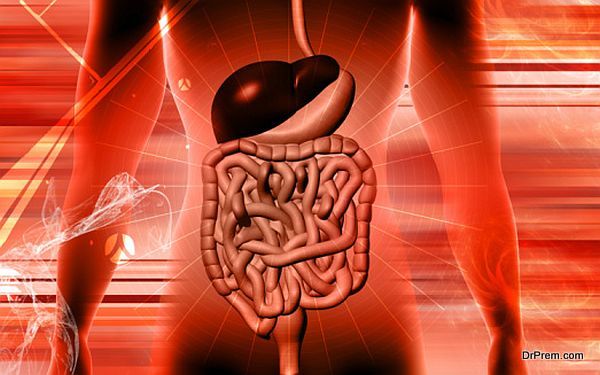The need for infection-controlled practices are needed more now than ever, as the increase of hospital acquired infections is becoming more prevalent.Healthcare associated infections can occur in any medical environment or healthcare facility and is a real threat to the health and lives of patients being treated.
There are a few basic considerations that every medical establishment can adhere to in the prevention of hospital acquired infections. Besides implementing an Antibiotic Stewardship Program (as recommended by the CDC), there are various ways to ensure that a facility is well equipped in combatting HAIs.
Contaminated Environments
The prevalence of HAIs is due to contact with contaminated medical environments, apparatus or medical personnel. HAIs can also be contracted via patients who have a HAI. Warm and moist environments are particularly vulnerable to pathogen colonization.
Greater awareness and preventative measures are needed to minimize the risk of patients contracting HAIs when in the care of medical professionals. It is estimated that 1.7 million patients are infected with a HAI, while associated deaths of 99,000 occur on an annual basis. These statistics can be greatly minimized by incorporating proper infection-controlled practices, education and the hiring of ICR Infection Control consultant services.
Infection Control Consultants
Hospital Acquired Infections can occur in hospitals, dialysis treatment, acute care, long-term care, rehabilitation facilities, dental care or medical ambulatory settings. Therefore, any medical establishment must comply with guidelines and recommendations when treating patients.
Employing the services of an infection control consultancy can help mitigate the areas of concern in the battle of eliminating HAIs within a medical facility. The purpose of infection control practices is to implement infection prevention and control programs to avoid or minimize the risk of contamination. The Centers for Disease Control estimate that such programs can reduce the rate of hospital acquired infections by up to 70%.
The Vulnerable
 The leading infections in HAI are Pneumonia and surgical-site infections, followed by gastrointestinal infections and urinary tract infections.Bloodstream infections account for only 14% of HAIs. Although any patient admitted to a medical facility is at risk of contracting a HAI, patients who stay in hospital for long periods and frequent patients are at greater risk. Patients at risk of contracting these infections should be monitored carefully and treated accordingly.Proper care should especially be taken when treating elderly patients, infants, patients with compromised immune systems, chronic illness sufferers and those requiring ventilators or dialysis.
The leading infections in HAI are Pneumonia and surgical-site infections, followed by gastrointestinal infections and urinary tract infections.Bloodstream infections account for only 14% of HAIs. Although any patient admitted to a medical facility is at risk of contracting a HAI, patients who stay in hospital for long periods and frequent patients are at greater risk. Patients at risk of contracting these infections should be monitored carefully and treated accordingly.Proper care should especially be taken when treating elderly patients, infants, patients with compromised immune systems, chronic illness sufferers and those requiring ventilators or dialysis.
The Basics of HAI Prevention
All healthcare providers can be cognizant of the very basics of HAI preventative measures such as:
- Washing and sterilizing hands before treating patients
- Extra care with catheters, using them only when they are necessary
- Cleaning the skin thoroughly at surgical sites or catheter insertion
- Wearing protective gear when necessary, such as gloves, aprons, masks etc.
- Minimizing long hospital stays
- Minimizing the overuse of antibiotics
- Educating all medical staff on the prevention of HAIs
Strict adherence to evidence-based practices can aid in the prevention of hospital acquired infections, which is the first defense in combatting these harmful infections.
Article Submitted By Community Writer



